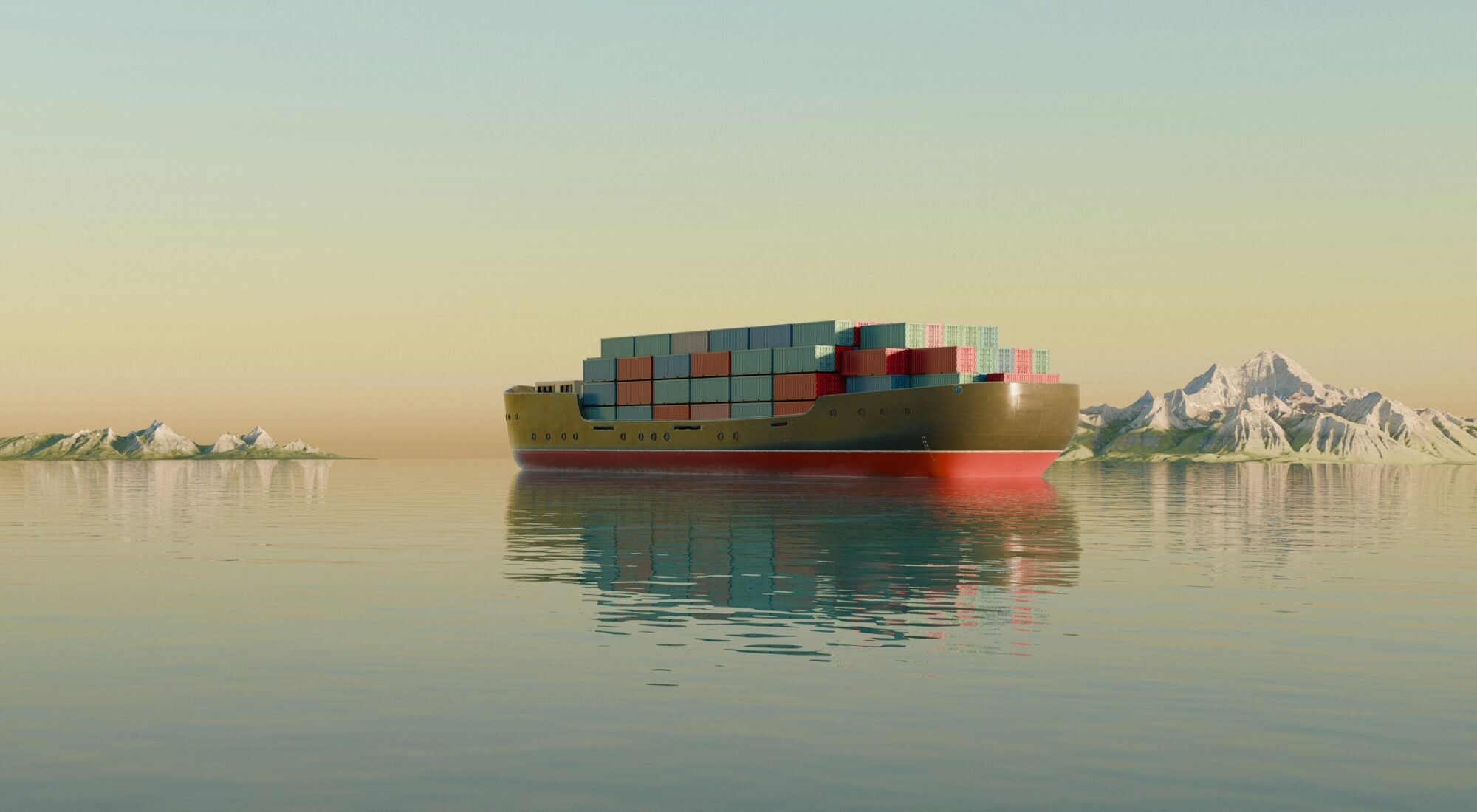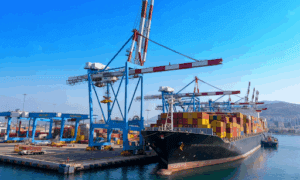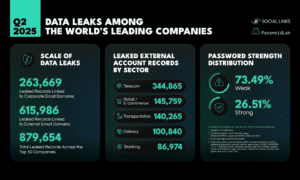When businesses think about transporting goods internationally, ocean freight shipping is one of the most efficient and economical methods. It’s a time-tested solution that supports 90% of global trade, moving everything from raw materials to finished products across oceans. Despite advancements in air cargo and other transport innovations, ocean freight remains unmatched in cost-effectiveness for large-volume shipments.
In this blog, we’ll explore ocean freight shipping, how it works, and why it’s a preferred choice for many businesses worldwide.
What Is Ocean Freight Shipping?
Ocean freight shipping refers to transporting goods by sea using cargo ships. It involves loading containers onto large vessels, which travel across international waters to deliver shipments to their destination ports. The process includes coordination between shippers, freight forwarders, carriers, and customs authorities.
There are two main types of containerized ocean freight:
- FCL (Full Container Load): You pay for the entire container, regardless of whether it’s filled.
- LCL (Less than Container Load): You share container space with other shippers, paying only for the volume your goods occupy.
Other specialized forms include bulk shipping (for commodities like coal or grain) and RO-RO (roll-on/roll-off) shipping for vehicles.
How Ocean Freight Shipping Works
The process of shipping goods via ocean freight involves several steps. Understanding each one can help businesses effectively plan and optimize their logistics operations.
1. Booking the Shipment
The first step is arranging transport through a freight forwarder, an intermediary between the shipper and the shipping line. They’ll help plan the most efficient route, prepare documentation and secure cargo space on a vessel.
2. Packaging and Container Loading
Proper packaging is crucial for long-haul sea transport. Goods are typically loaded into 20-foot or 40-foot containers, which are sealed and transported to the departure port.
3. Inland Transportation to Port
Containers are moved by truck or rail from the warehouse to the port of loading (POL). Inland transit times can vary depending on the distance and region.
4. Customs Clearance (Export)
Before departure, goods must clear export customs. The freight forwarder helps prepare necessary documents, such as the commercial invoice, packing list, bill of lading, and export licenses if needed.
5. Ocean Transit
Once loaded onto the vessel, the shipment begins its journey. Transit times depend on the route — for instance, shipping from Shanghai to Los Angeles might take 15–20 days.
6. Customs Clearance (Import)
On arrival at the port of discharge (POD), goods undergo import customs procedures. Duties and taxes may apply based on the cargo’s declared value and classification.
7. Delivery to Final Destination
After customs release, containers are transported via truck or rail to their final delivery location—whether a distribution center, warehouse, or retailer.
Why Ocean Freight Shipping Is Cost-Effective
The biggest reason companies choose ocean freight is its affordability. The cost per kilogram or cubic meter is significantly lower than air freight. Let’s break down what makes ocean freight so economical:
1. Lower Cost Per Unit
Shipping by sea is the cheapest option for high-volume or heavyweight cargo. For example, sending a 20-foot container of goods across continents is often more affordable than shipping a fraction of the same load by air.
2. Economies of Scale
Modern container ships are engineering marvels that can carry 20,000+ TEUs (Twenty-foot Equivalent Units) in one voyage. Spreading operational costs over such large cargo volumes reduces individual shipping costs.
3. Flexibility for LCL Shipments
Small businesses benefit from LCL options, where they don’t have to wait to fill an entire container. This pooling of shipments makes ocean freight accessible and affordable for companies of all sizes.
4. Fuel Efficiency
While large vessels do consume fuel, their per-ton fuel consumption is far more efficient than that of air cargo. This contributes to lower operating costs and reduced emissions per unit of cargo.
5. Longer Lead Times Support Inventory Management
Because ocean freight requires longer transit times, businesses can plan ahead and often secure better rates through forward contracts or during low-demand seasons.
When to Choose Ocean Freight Shipping
Ocean freight shipping is ideal for:
- Heavy or bulky goods like machinery, vehicles, and industrial equipment.
- Non-urgent shipments where delivery time is flexible.
- International trade, especially for routes with established maritime infrastructure.
- Large orders where air freight would be prohibitively expensive.
However, ocean freight might not be suitable for time-sensitive or perishable goods unless shipped in specialized refrigerated containers.
Key Players in the Ocean Freight Ecosystem
Understanding the different entities involved in ocean freight shipping can help shippers navigate the process more smoothly:
- Shippers: Businesses or individuals sending goods.
- Freight Forwarders: Logistics experts coordinating shipping routes, documentation, and carrier booking.
- Ocean Carriers: Companies that operate cargo vessels (e.g., Maersk, MSC, CMA CGM).
- Customs Brokers: Specialists who ensure import/export compliance.
- Port Authorities: Regulate and manage port operations.
Choosing a reliable freight forwarder is critical, as it bridges the gap between the shipper and all other players in the supply chain.
Challenges & Considerations
While ocean freight shipping is cost-effective, it’s not without challenges:
1. Longer Transit Times
Goods can take several weeks to arrive, which may not suit urgent deliveries. Delays are also possible due to weather, port congestion, or customs issues.
2. Complex Documentation
Shipping internationally involves multiple forms, regulations, and compliance standards. Inaccurate paperwork can lead to delays or fines.
3. Environmental Impact
While more efficient than air freight, ocean shipping still contributes to emissions and ocean pollution. However, the industry is working toward cleaner fuels and sustainable practices.
4. Risk of Damage or Loss
Containers may be exposed to rough seas or handling risks. Insurance is strongly recommended to protect your shipment.
Best Practices for Ocean Freight Shipping
To maximize the benefits and minimize the risks of ocean freight, follow these best practices:
- Plan ahead: Longer lead times require proactive planning.
- Use professional freight forwarders: They simplify the process and manage international regulations.
- Insure your shipment: Coverage for theft, loss, or damage is crucial.
- Pack properly: Protect goods with pallets, dunnage, or shrink wrap.
- Track shipments: Use GPS or carrier portals for real-time updates.
- Choose the right Incoterms: These define who is responsible for what during shipping.
The Future of Ocean Freight Shipping
The ocean freight industry is evolving rapidly. Technology enables smart containers with real-time tracking, automated port operations, and better route optimization. There’s also increasing demand for green shipping, with vessels adopting low-sulfur fuel and investing in wind or electric propulsion systems.
Digitization plays a significant role. Platforms now allow online quotes, shipment tracking, and instant booking, making the process more transparent and efficient for all parties involved.
Conclusion
Ocean freight shipping remains one of the most vital and cost-effective transportation methods. Despite its longer transit times, its affordability, scalability, and adaptability make it the go-to solution for companies moving bulk cargo.
Understanding how the process works — from booking and loading to customs and delivery — empowers businesses to make informed decisions, optimize logistics, and remain competitive in the global marketplace.
Whether you’re a small e-commerce startup or a large industrial exporter, leveraging ocean freight shipping can be a game-changer for your supply chain strategy.



































